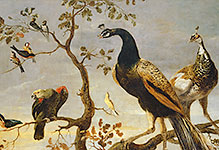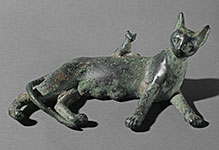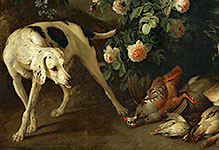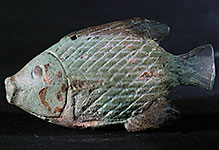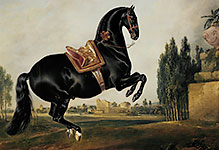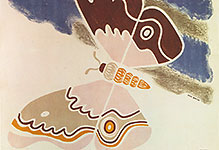
#03070224
Earthenware model of a cart with bullock and human figures, Six Dynasties period...

#03070228
Group of sancai ceramic tomb figures, probably Henan province, Tang dynasty, ear...

#03070232
Cizhou ware ceramic pillow, From Hebei Province, northern China, c1050-c1150. Ce...

#03070234
'Fascination of Nature' from China, Yuan dynasty, 1321. The subject of this part...

#03070235
Cloisonné jar, Ming dynasty, Xuande period, c1426-c1435. Depicting a dragon amon...

#03070237
Lacquer dish, Ming dynasty, 1489. The setting is a famous fourth-century drinkin...

#03070239
Jade rhyton, Chinese, Qing dynasty, 18th-19th century. This cup takes the tradit...

#03070248
Monkeys Hanging scroll, silk embroidery. Song Dynasty, China; 10th century CE.

#03070249
Country doctor applying a painful cure of moxibustion (traditional Chinese medic...

#030703 4
Tomoe Gozen on horseback. She was one of the few examples of a true female warri...

#030703 5
Hideyoshi Toyotomi (1536-1598), a Japanese feudal lord and samurai (Japanese war...

#03070310
The Namamugi Incident was a samurai attack on foreign nationals in Japan on Sept...
